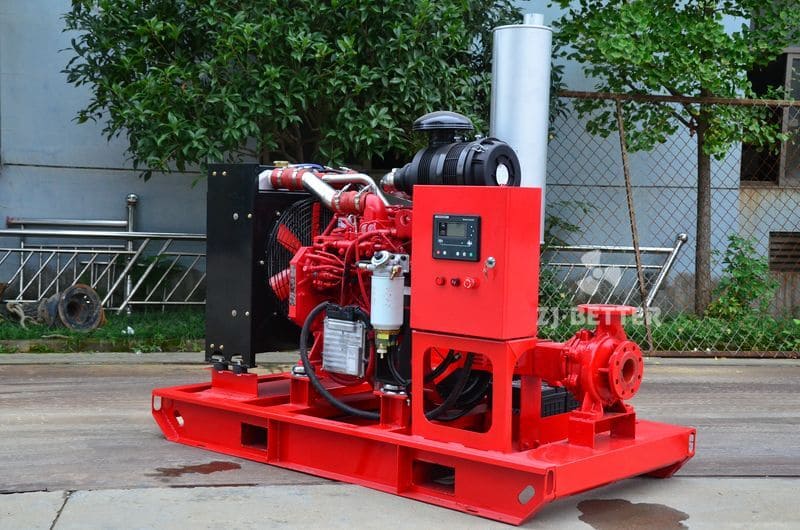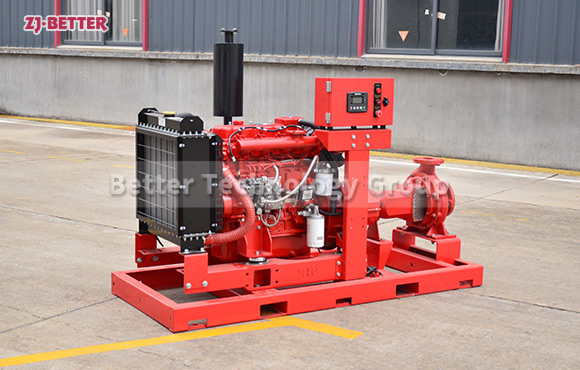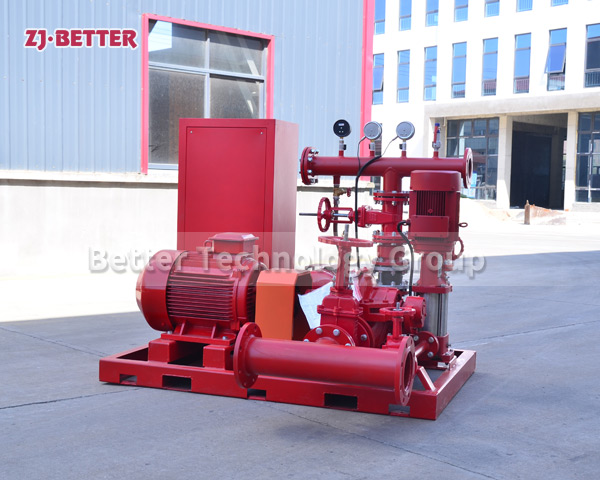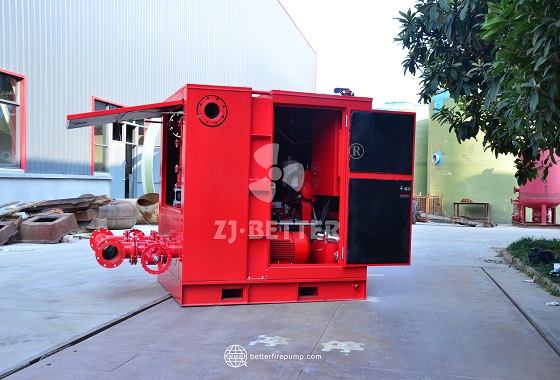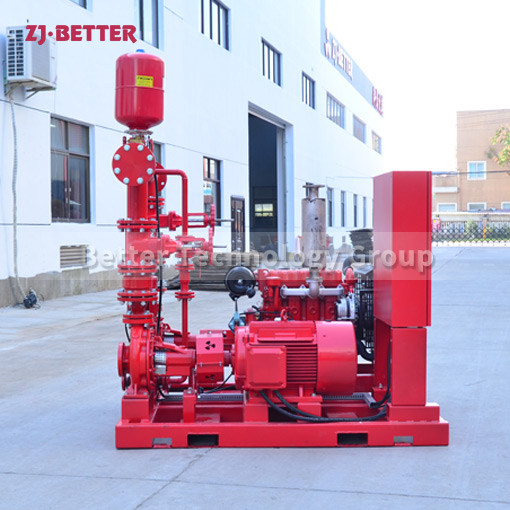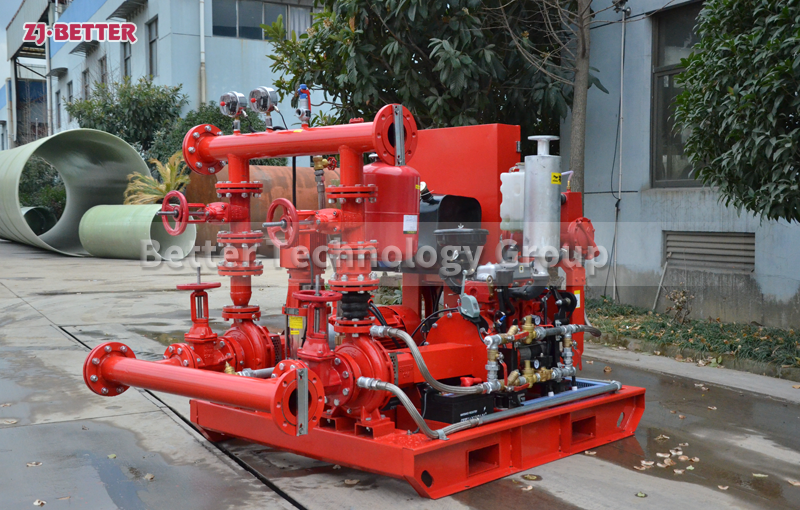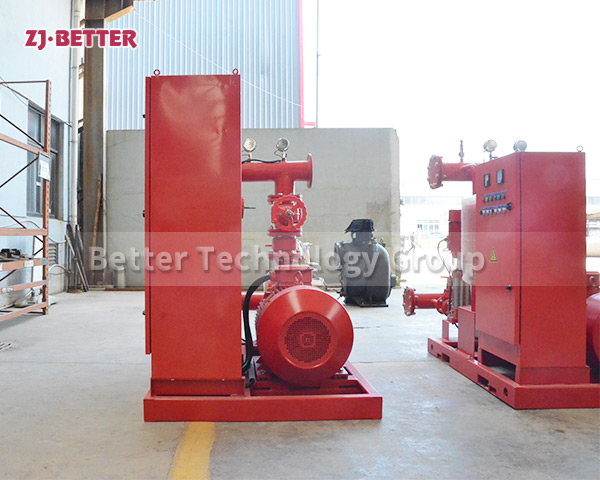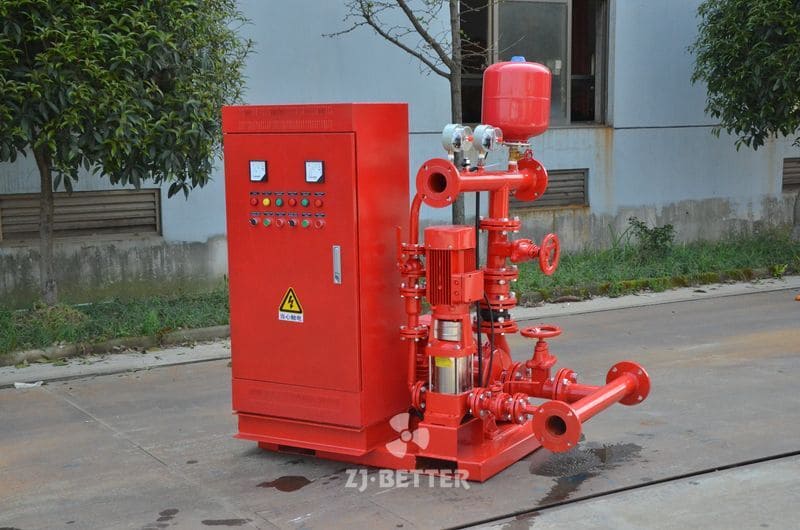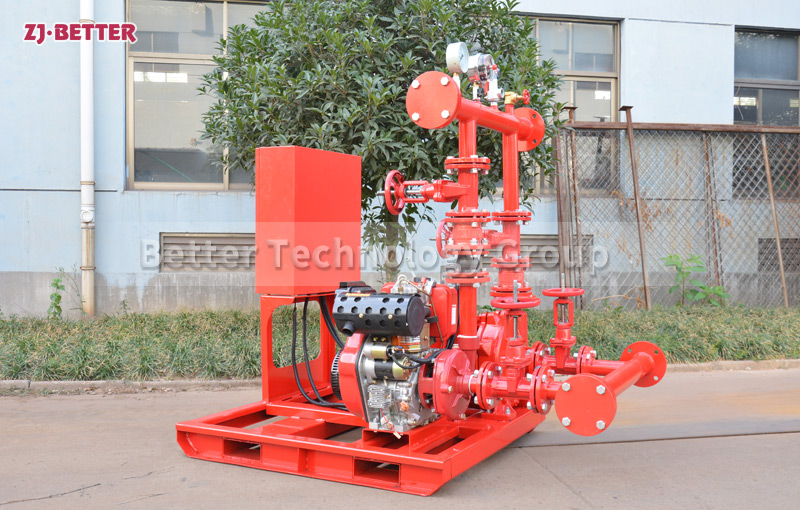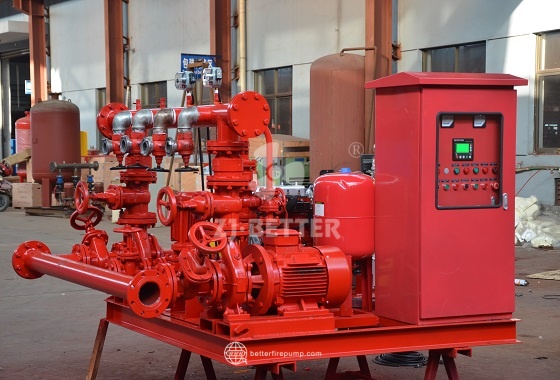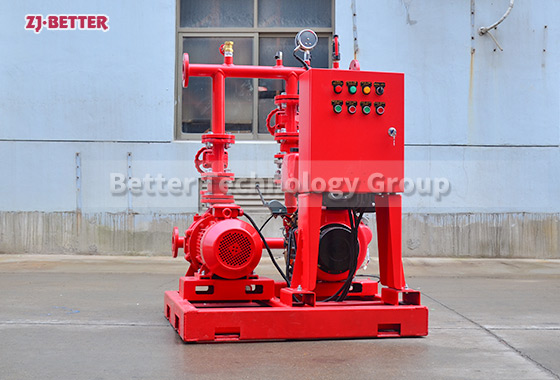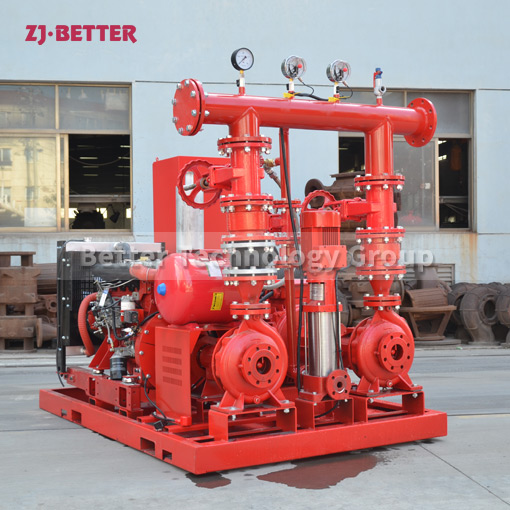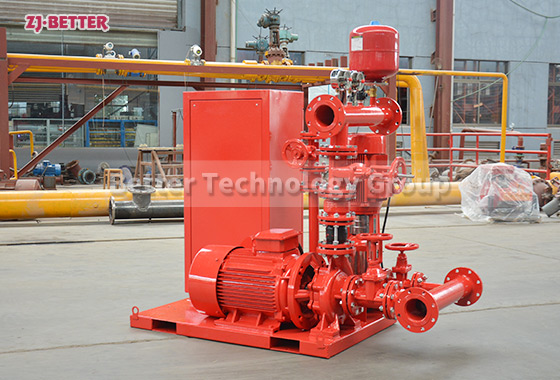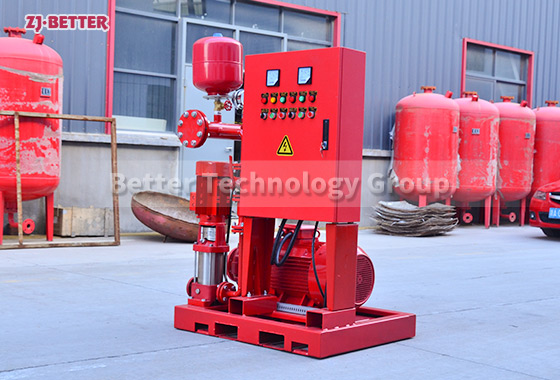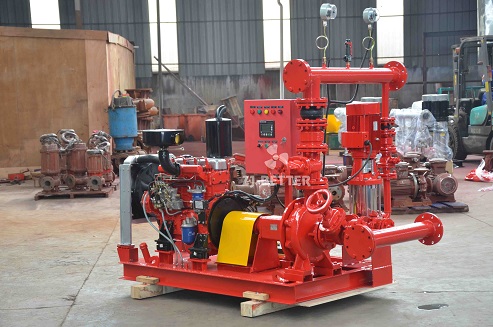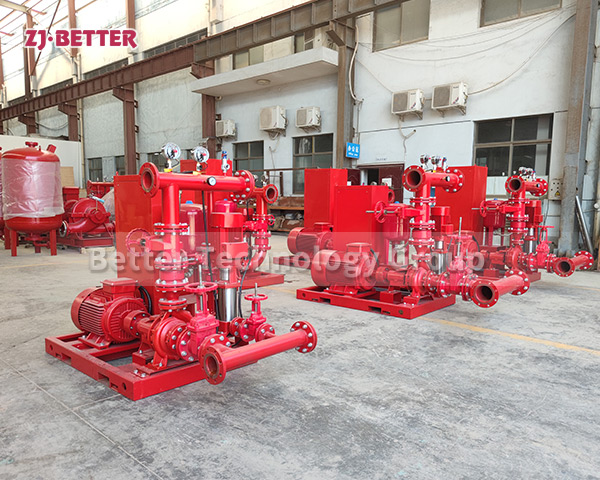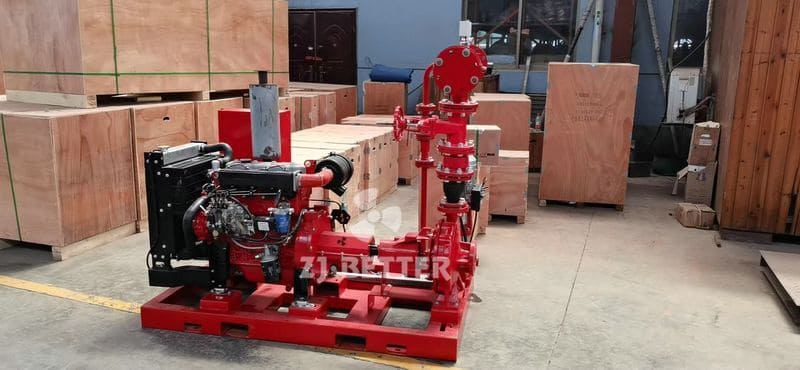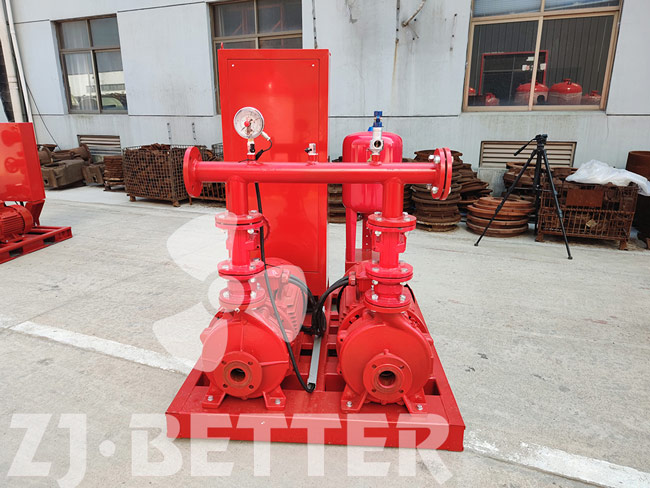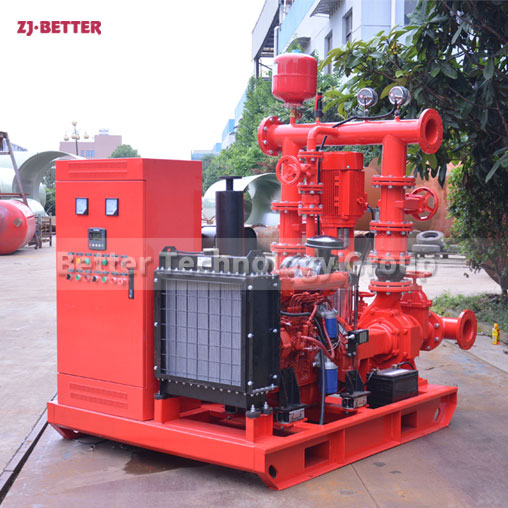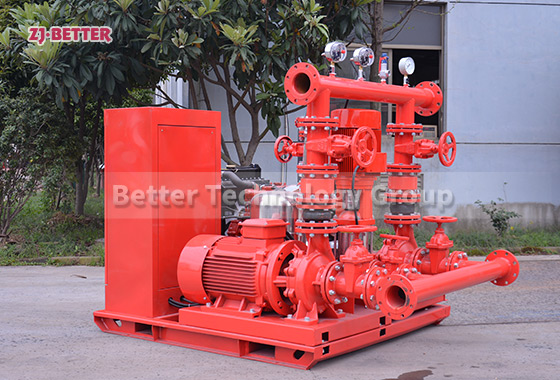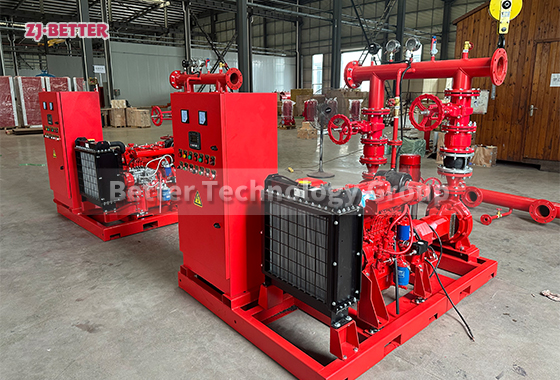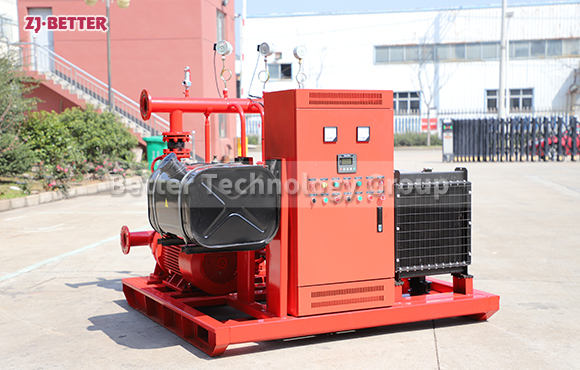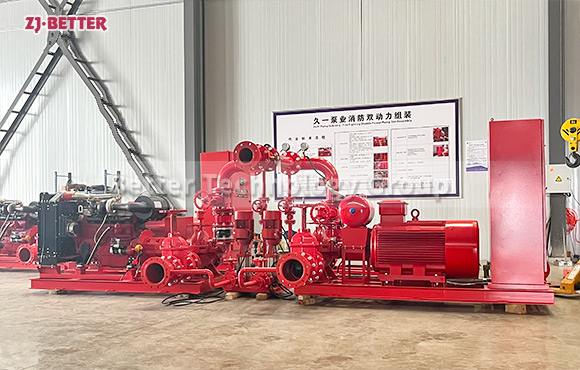Home » Fire Pump Set » How do I determine the size of a fire pump needed for my building?
How do I determine the size of a fire pump needed for my building?
The size of a fire pump is determined by the required flow rate and pressure, which depend on factors such as the building size, the type of fire suppression system, and local fire code requirement...
Contact US
Get Price
Share:
Content
The size of a fire pump is determined by the required flow rate and pressure, which depend on factors such as the building size, the type of fire suppression system, and local fire code requirements. A hydraulic calculation is typically performed to identify the appropriate pump size.
Inquiry
More Fire Pump Set


